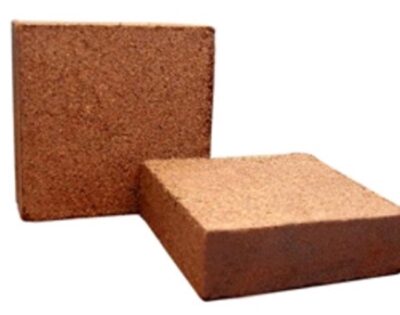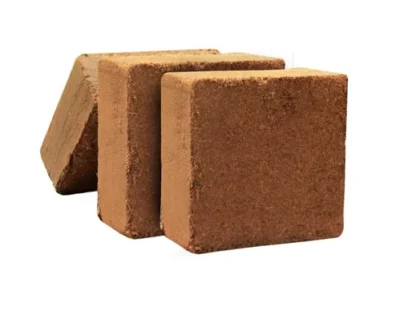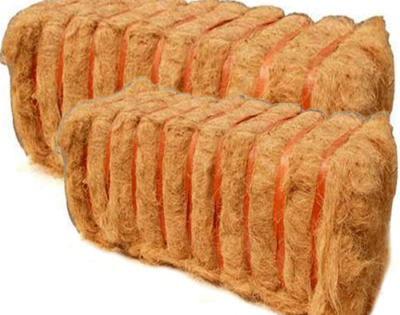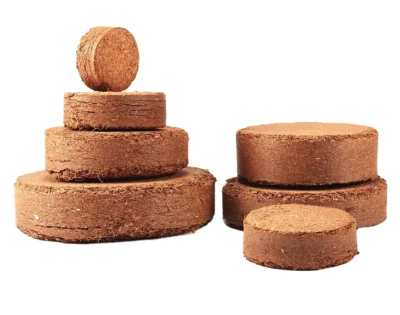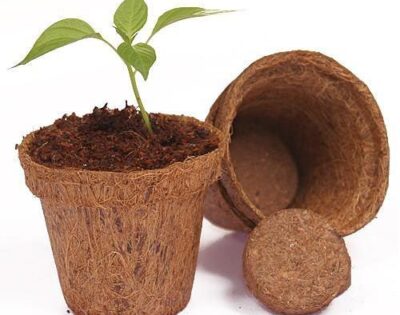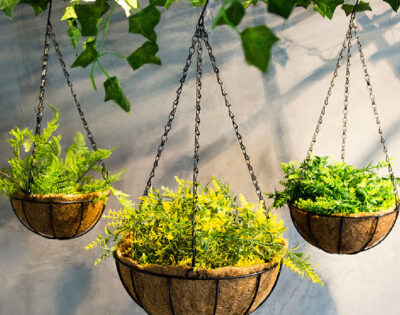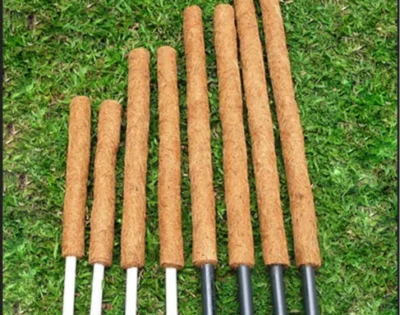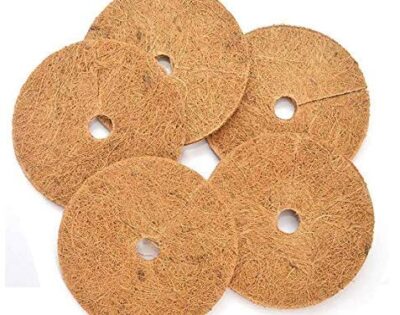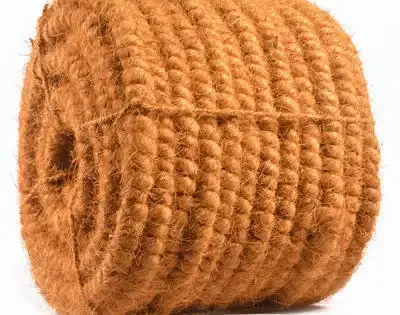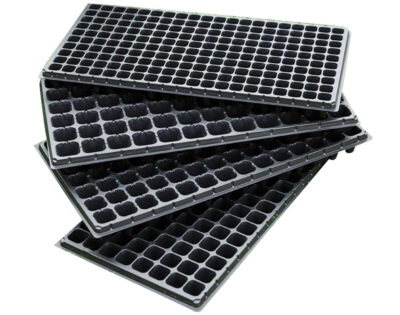Coir Fibre Pith

Kopeat Exports is a leading company in the coir industry, specializing in the export of high-quality coir fiber pith products. With a strong commitment to sustainability and customer satisfaction, we have become a trusted name in providing eco-friendly solutions to businesses worldwide. This article will explore the remarkable benefits of coir fibre pith and how Kopeat Exports can meet your specific requirements. Coir Fibre Pith also known as coir dust or coco peat, is a versatile byproduct derived from coconut husks. It is a natural and renewable resource that offers a wide range of applications across various industries. At Kopeat Exports, we understand the immense potential of coir fiber pith and have developed innovative methods to harness its benefits effectively.
One of the key advantages of Coir Fibre Pith is its excellent water retention capacity. It can absorb and hold water up to eight times its weight, making it an ideal medium for horticultural and agricultural purposes. Whether you are a professional farmer, gardener, or greenhouse owner, our premium coir fibre pith products can significantly improve water management, ensuring optimal plant growth conditions.
OUR PRODUCTS
FAQ
What is the difference between coir fiber and coir pith?
Coir must not be confused with coir pith, which is the powdery and spongy material resulting from the processing of the coir fibre. Coir Fibre is locally named ‘coprah’ in some countries, adding to confusion. Pith is chemically similar to coir, but contains much shorter fibers.
Why is coir pith important?
Coir Pith has high porosity and holds up to SOO% moisture that makes it a unique input as soil amendment. In addition to these important physical properties, it contains high concentration of potash which makes it more useful. However, high polyphenolic content makes raw coir-pith toxic to roots of many crops.
What is pith used for?
Pith is composed of undifferentiated parenchyma cells, which function in storage of nutrients, and in eudicots is located in the center of the stem. It is mainly present in young growth; in older branches and stems it is often replaced by woodier xylem cells.
What is pith used for?
White Coir Fibre are typically used for rope because of its strength and flexibility. White coir fiber also has a strong resistance to salt water, making it the perfect medium for making fishing nets, nets for shellfish harvesting and marine rope for boats
Is coconut a fiber or coir?
Coconut fiber, commonly known as coir, is obtained from the fibrous husk of the coconut. This is the thick fibrous middle layer (2) of the coconut sketched in Figure 4.17. To separate the fibers the coconut shells are cut in half and then retted.

